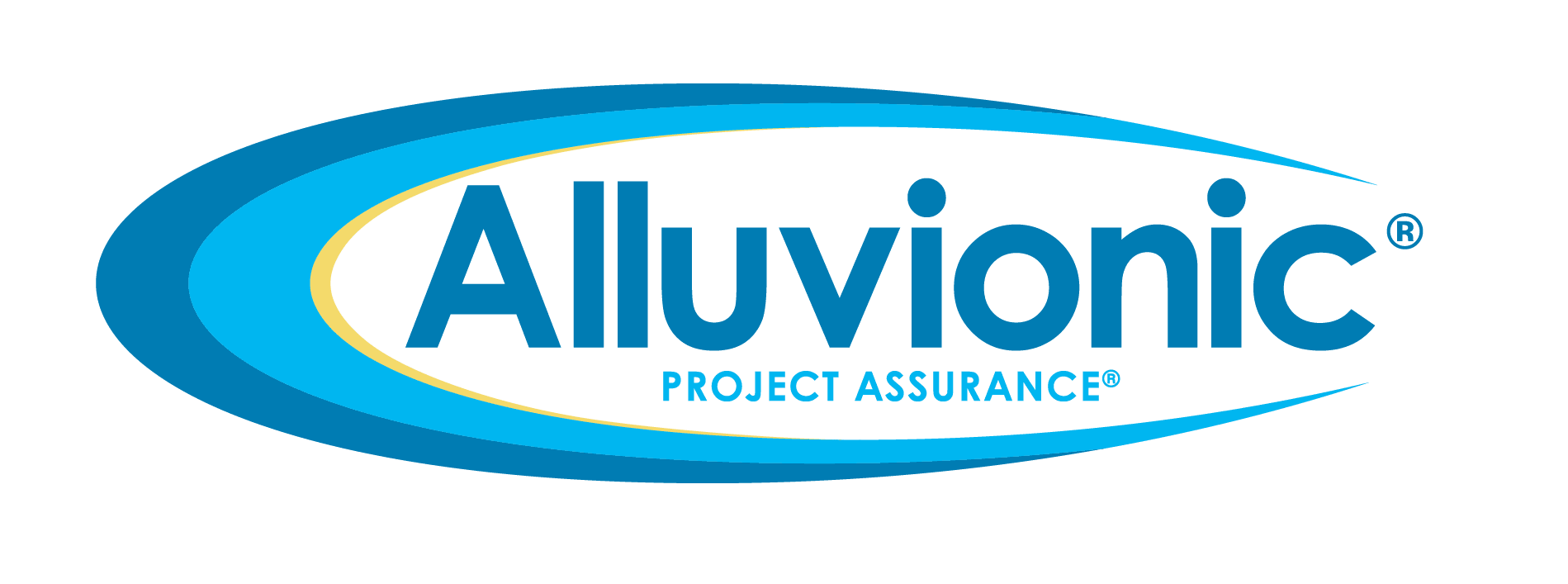Continuous improvement is essential for a business’s survival. Business process improvement aims to enhance your company’s efficiency by systematically refining business processes. A gap analysis helps businesses identify the discrepancies between their current operations and their desired outcomes, making it a cornerstone of effective business planning and execution.
Understanding Gap Analysis

Gap analysis is a method used to determine how a business can best bridge the gap between its current state and its ideal future state. The primary objectives of conducting a gap analysis include pinpointing areas of improvement, identifying new opportunities, and aligning resources with strategic goals. Integrating this analysis into a broader process improvement plan ensures that all efforts are cohesive and aligned with the company’s long-term vision.
Components of Effective Gap Analysis
The foundation of any gap analysis is robust data collection through tools such as surveys, interviews, and performance metrics to gather the necessary information for informed decision-making. While not always utilized, SWOT analysis in project management can be a valuable component of gap analysis. Assessing the strengths, weaknesses, opportunities, and threats related to a project or business initiative provides crucial insights for strategic planning. This step also involves a detailed comparison of current business performance against desired outcomes, highlighting specific areas where gaps exist and providing a clear focus for subsequent improvement efforts.
Developing a Process Improvement Plan
Once the gaps are identified, it’s time to develop a process improvement plan that addresses these issues. This plan should include setting realistic, measurable, achievable, relevant, and time-bound (SMART) goals and defining the strategic steps needed to close the identified gaps. For instance, if a gap analysis reveals that customer response times can be improved, the plan might include implementing more efficient customer service processes, such as automated responses or additional training for customer service staff.
Implementing Changes for Business Process Improvement
Implementing the changes determined by the process improvement plan is critical for achieving real progress. Best practices include engaging all stakeholders, ensuring that everyone affected by the changes, from team members to management, is involved in the process and understands their role in its success. Continuous monitoring of the implemented changes allows businesses to adjust their strategies in response to feedback and changing conditions, ensuring that improvements are sustainable over time.
Conclusion
By understanding and implementing gap analysis techniques, businesses can stay competitive and responsive to market demands.
At Alluvionic, our business process improvement experts are ready to help you optimize your operations. Contact us today to learn how we can assist you in developing a comprehensive process improvement plan that drives your business forward.






